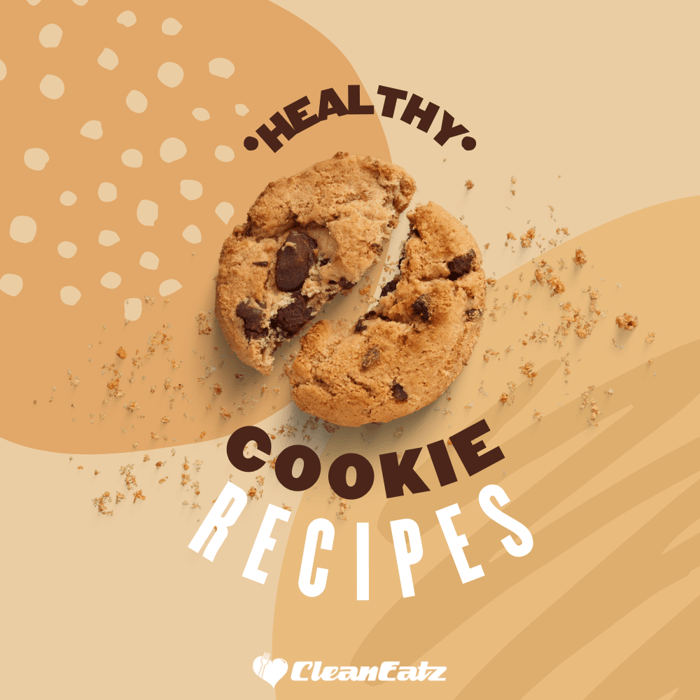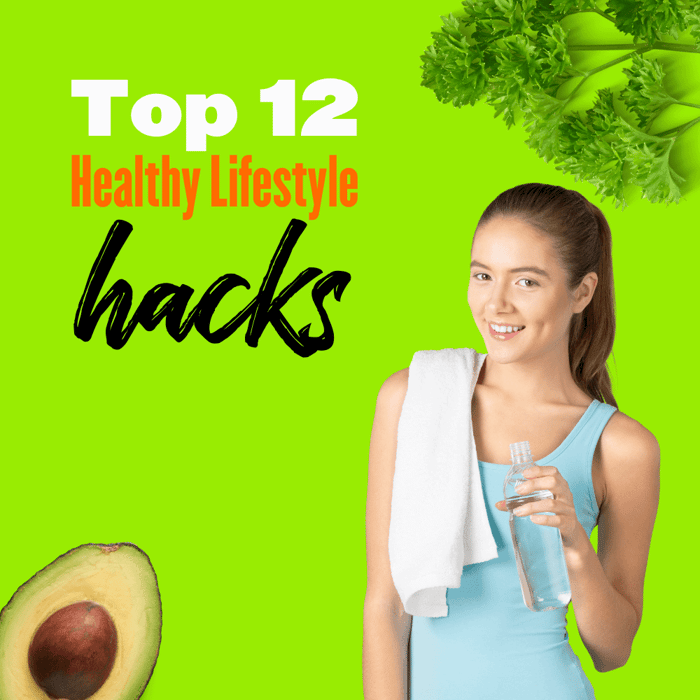Last updated: September 11, 2025
Healthy Cookie Recipes: 10 Easy Ideas (High-Protein, Gluten-Free Options)
Short answer: You don’t need to ditch cookies to eat well. Build “better” cookies with measured sweeteners, fiber-rich bases (oats/almond flour), and protein add-ins—then keep portions sensible. Below are 10 simple, freezer-friendly recipes plus a mix-and-match base formula.
What Makes a Cookie “Healthy”?
- Protein & fiber: Greek yogurt, protein powder, nut butters, oats, almond flour.
- Portion control: aim for 60–120 kcal per cookie for everyday snacking (brand-dependent).
- Sugar smart: use smaller amounts of sugar/maple/honey; let fruit and spices add flavor.
- Better fats: measure oils/nut butters; skip heavy frostings.
Healthy Cookie Base (Mix-and-Match)
Yields ~12 cookies. Brands vary—adjust liquid for texture.
- Dry: 1¼ cups quick oats or 1¾ cups almond flour or 1 cup oat flour + ½ cup quick oats
- Protein (optional): ¼–½ cup whey/casein or plant protein powder
- Wet: 1 large egg (or flax egg) + ⅓–½ cup unsweetened applesauce/Greek yogurt/pumpkin puree
- Sweetener: 2–4 Tbsp sugar, maple syrup, or honey (to taste)
- Fat: 1–2 Tbsp olive/coconut oil or nut butter
- Flavor: 1–2 tsp vanilla/cinnamon/cocoa; pinch of salt; optional ¼ cup dark chips/nuts/dried fruit
Bake: scoop 1½ Tbsp mounds onto a lined sheet; 350°F (175°C) for 10–14 minutes, until set and lightly golden.
10 Healthy Cookie Recipes
1) Two-Ingredient Banana Oat Cookies (Add-In Friendly)
- 2 ripe bananas, mashed
- 1½ cups quick oats
- Optional: cinnamon, mini dark chips, walnuts
Mix, scoop, and bake at 350°F for 12–15 minutes. Soft and naturally sweet. Approx. 60–80 kcal each (without add-ins).
2) Peanut Butter Protein Cookies
- ½ cup natural peanut butter
- ½ cup plain Greek yogurt
- ⅓ cup sugar or ¼ cup maple syrup
- 1 egg
- ½ cup vanilla protein powder
Whisk wet; fold in protein. Chill 15 minutes; bake 10–12 minutes. Chewy, high-protein.
3) Almond Flour Chocolate-Chip Cookies (GF)
- 2 cups almond flour
- ⅓ cup maple syrup
- 2 Tbsp melted coconut oil
- 1 egg, 1 tsp vanilla, pinch salt
- ¼–⅓ cup dark chocolate chips
Mix, scoop, flatten slightly; bake 10–12 minutes. Crisp edges, soft center.
4) Oatmeal Raisin Greek-Yogurt Cookies
- 1½ cups quick oats + ½ cup oat flour
- ½ cup plain Greek yogurt
- 1 egg
- ¼ cup brown sugar or coconut sugar
- ⅓ cup raisins, 1 tsp cinnamon, pinch salt
Tender and lightly sweet with extra protein from yogurt.
5) Pumpkin Spice Oat Cookies (Low Sugar)
- 1 cup pumpkin puree
- 1½ cups quick oats
- 1 egg
- 2–3 Tbsp maple syrup
- 1 tsp pumpkin pie spice, pinch salt
Soft “cake-style” cookies; sprinkle with pepitas before baking if you like.
6) Lemon Poppy Seed Protein Cookies
- 1¾ cups almond flour
- ¼ cup vanilla protein powder
- ⅓ cup Greek yogurt
- 3 Tbsp sugar
- Zest of 1 lemon, 1 Tbsp lemon juice, 1 Tbsp poppy seeds
- 1 egg; pinch salt
Bright, bakery-style flavor with a protein boost.
7) Apple Cinnamon Breakfast Cookies
- 1½ cups quick oats
- 1 small grated apple (squeezed dry)
- ¼ cup chopped walnuts
- 1 egg
- ⅓ cup applesauce
- 2–3 Tbsp sugar or maple; 1 tsp cinnamon
Hearty, lightly sweet; great with coffee.
8) No-Butter Whole-Wheat Snickerdoodles
- 1⅓ cups white whole-wheat flour
- ½ tsp baking soda, pinch salt
- 1 egg
- ¼ cup olive or avocado oil
- ⅓ cup sugar (plus 2 Tbsp for rolling with 1 tsp cinnamon)
- 2 Tbsp Greek yogurt, 1 tsp vanilla
Chewy centers with cinnamon sugar outside—lighter than classic.
9) Coconut Macaroons (3 Ingredients)
- 2 cups unsweetened shredded coconut
- ⅓ cup honey or maple syrup
- 2 large egg whites; pinch salt
Beat whites to froth; fold in coconut + sweetener. Bake 12–14 minutes until golden.
10) No-Bake PB Oat Cookies (Freezer-Friendly)
- 1 cup quick oats
- ½ cup natural peanut butter
- ¼ cup honey or maple syrup
- 2 Tbsp cocoa powder; pinch salt
- Optional: ¼ cup protein powder (add 1–2 Tbsp milk if dry)
Stir, scoop, and chill until set. Keep refrigerated.
Allergy-Friendly Swaps
- Gluten-free: use certified GF oats or almond flour.
- Dairy-free: choose DF yogurt or skip; use plant protein powder.
- Egg-free: replace 1 egg with a flax egg (1 Tbsp ground flax + 3 Tbsp water, rest 5 min).
- Nut-free: swap sunflower seed butter; omit nuts.
Storage & Freezing
- Room temp: 2–3 days in an airtight container (drier styles).
- Fridge: 5–7 days, especially yogurt/banana/pumpkin-based cookies.
- Freeze: up to 2–3 months. Thaw at room temp; re-crisp in a 300°F oven for a few minutes.
Make Nutrition the Easy Part
Balance treats with protein-forward meals so your day still fits your goals. Explore our Weight-Loss Meal Plan, build a week with Build-a-Meal Plan, and keep quick staples like High-Protein Box, Overnight Oats, and Protein Powder on hand.
FAQs
Are healthy cookies good for weight loss?
They can fit when you keep portions modest and build the rest of the day around lean protein, vegetables, and measured carbs/fats.
How do I reduce sugar in cookies?
Use ripe banana, applesauce, or pumpkin for moisture and sweetness, then add just enough sugar/maple/honey to taste. Spices and vanilla help.
Can I add protein powder to cookies?
Yes—start with ¼–½ cup per batch and increase moisture (yogurt or applesauce) if the dough gets dry.
Which flour is best?
Oats and almond flour are great for fiber and texture. White whole-wheat keeps cookies soft but higher-fiber than all-purpose.
How many cookies is a serving?
For everyday snacks, 1–2 small cookies (≈60–120 kcal each) works for many people—adjust to your goals.
Disclaimer: This article is for general information only and isn’t medical advice. Nutrition varies by brand and portion.




